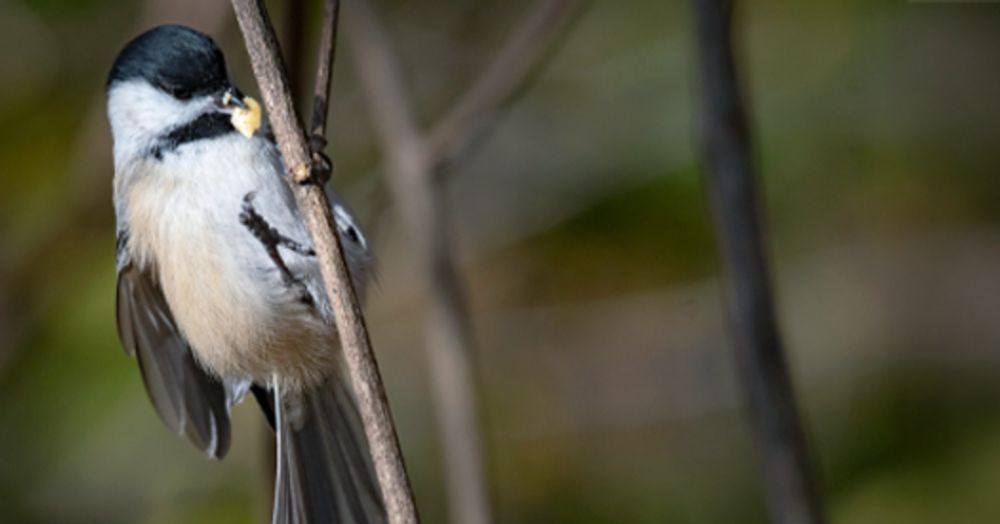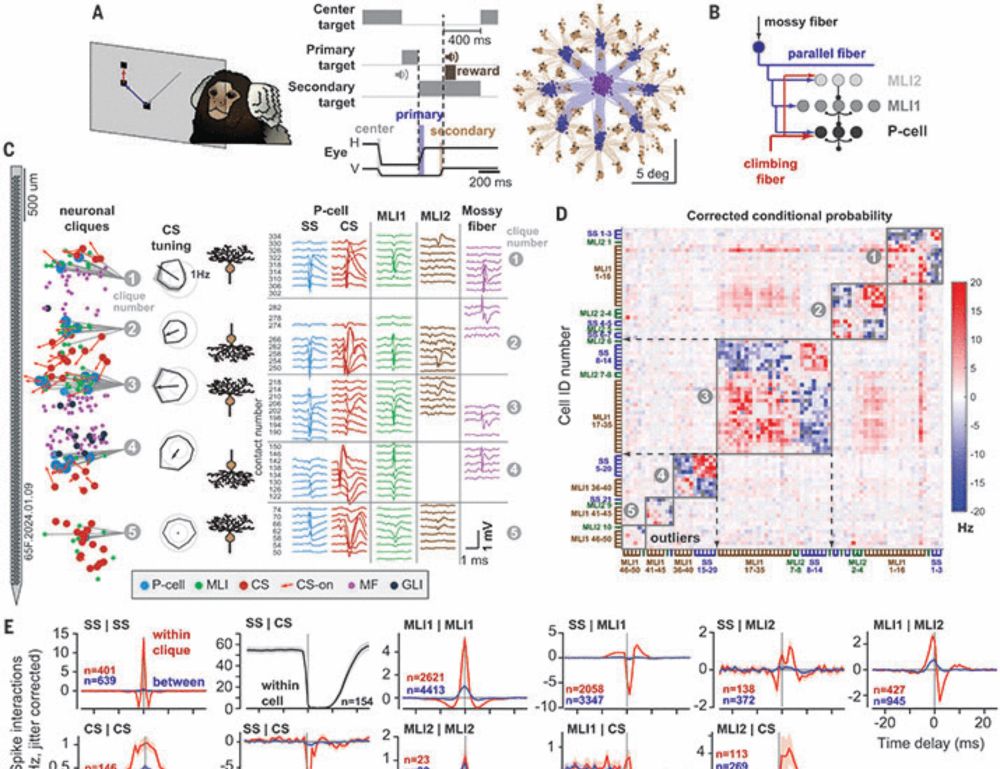

doi.org/10.1073/pnas...

doi.org/10.1073/pnas...


They have twice as many neurons per brain mass than mammals, including primates.
www.pnas.org/doi/abs/10.1...

They have twice as many neurons per brain mass than mammals, including primates.
www.pnas.org/doi/abs/10.1...
psu.wd1.myworkdayjobs.com/PSU_Academic...

psu.wd1.myworkdayjobs.com/PSU_Academic...

University wide, international graduate student enrollment is down by 8% since last year.
University wide, international graduate student enrollment is down by 8% since last year.

Zoom link: email me.

Zoom link: email me.
In this talk, Jorn Diedrichsen will present results suggesting that a better approach is to measure co-activation during specific tasks.

In this talk, Jorn Diedrichsen will present results suggesting that a better approach is to measure co-activation during specific tasks.
www.middleeastneuro.com

www.middleeastneuro.com
During lunch with my students I looked at their beautiful young faces and wished for them a better world.
During lunch with my students I looked at their beautiful young faces and wished for them a better world.

By @martajhill.bsky.social
#neuroskyence
www.thetransmitter.org/hippocampus/...

By @martajhill.bsky.social
#neuroskyence
www.thetransmitter.org/hippocampus/...

Seminars are open to all.

Seminars are open to all.
Work of Mohammad Amin Fakharian, Alden Shoup, Paul Hage, and Hisham Elseweifi
www.science.org/doi/10.1126/...

Work of Mohammad Amin Fakharian, Alden Shoup, Paul Hage, and Hisham Elseweifi
www.science.org/doi/10.1126/...

Enzo Nio and Dagmar Timmann explain the role of the cerebellum in learning to forget.
Seminars are open to all (contact me).

Enzo Nio and Dagmar Timmann explain the role of the cerebellum in learning to forget.
Seminars are open to all (contact me).
Today he ventured to the opening of his birdhouse, felt the sun and the wind for the first time, stood there gripping the edge, deliberating for about 15 minutes, and then finally, leaped forward, opened his wings, and left home.


Today he ventured to the opening of his birdhouse, felt the sun and the wind for the first time, stood there gripping the edge, deliberating for about 15 minutes, and then finally, leaped forward, opened his wings, and left home.
How does the cerebellum guide learning in all of its layers? David Ehrlich explains.

How does the cerebellum guide learning in all of its layers? David Ehrlich explains.
Richard Roth explains the role of these neurons in motor control and motor learning.
You can join live (email me), or watch the recordings: www.youtube.com/@shadmehrlab...

Richard Roth explains the role of these neurons in motor control and motor learning.
You can join live (email me), or watch the recordings: www.youtube.com/@shadmehrlab...
Fekrije Selimi explains how the parallel fibers and the climbing fibers find their Purkinje cell partners in the cerebellum.

Fekrije Selimi explains how the parallel fibers and the climbing fibers find their Purkinje cell partners in the cerebellum.
Yet, the cerebellum is usually not included in the brain's vocal circuitry, particularly in songbirds.
Lubica Kubikova explains how the cerebellum contributes to learning and performance of song

Yet, the cerebellum is usually not included in the brain's vocal circuitry, particularly in songbirds.
Lubica Kubikova explains how the cerebellum contributes to learning and performance of song

